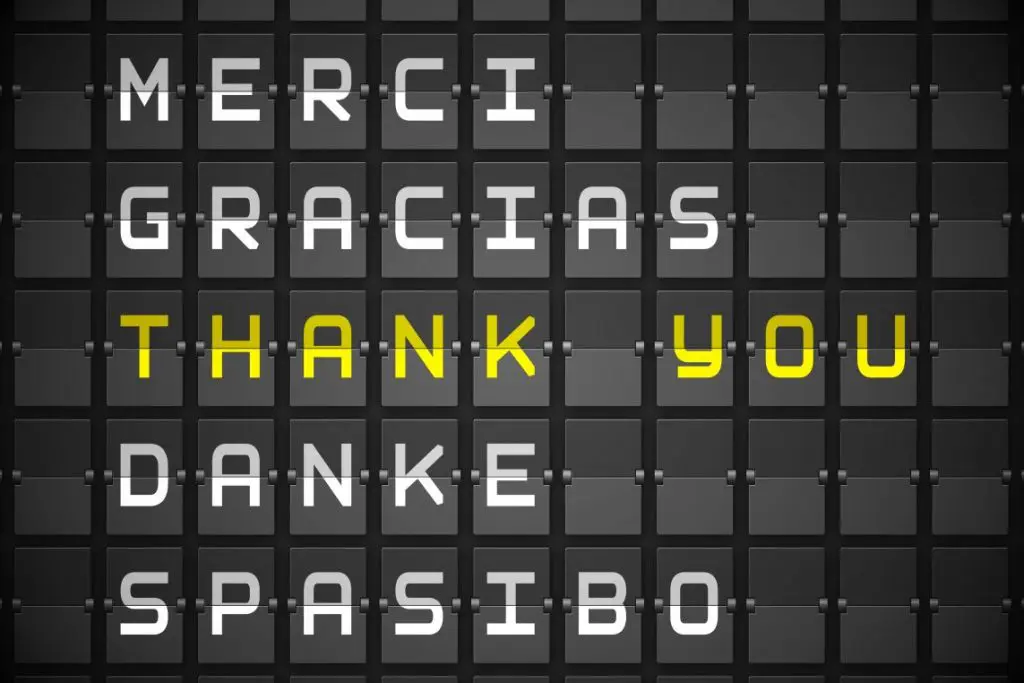German and Korean: Particular Aspects of Translation
These two languages have many significant differences which are crucial to translation tasks. For the benefit of anyone interested in the issues of translation between these two languages, we have decided to highlight three key features of translation between German and Korean.
-
Word Order
German sentence structure has two main variations, with the verb coming either as the second part of the sentence or right at the very end, although a verb can start a sentence when forming a question. However, Korean is simpler as verbs always come after the object as the final element in the sentence. This distinction in word order is important to translation tasks as any errors regarding word order will distort the original meaning of any given passage.
-
Formality
In both languages it is important to indicate the degree of formality you are using to address someone. In German the second person singular ‘du’, which would normally be used when you are speaking to somebody, is replaced with the third person plural form ‘sie’ to address someone formally. The Korean language has more complicated methods of showing respect and deference to somebody, namely based on various honorifics, different verb endings and vocabulary to show the distinct levels of respect, including formal, casual formal and informal. These different levels are potentially tricky to translate so must be studied carefully.
-
The Verb to be
German is similar to most European languages in the sense that verb endings change according to the person and number, to which it is referring. This is particularly evident with the verb ‘to be’ (sein), which has different forms for each person which are more distinct than most other verbs. However, this verb does not change ending for each person in Korean, which is particularly important as it is such a commonly used verb.
Now that you have been able to read about the key features of translation between German and Korean, why not take a look at some of our articles on the issues of translation with other language pairs.

